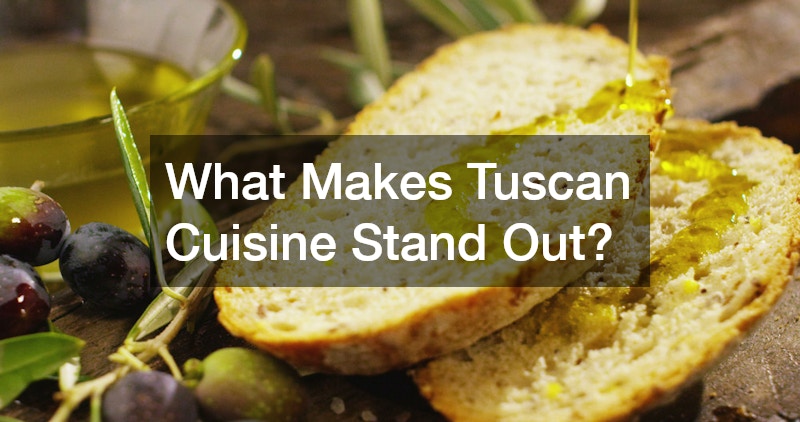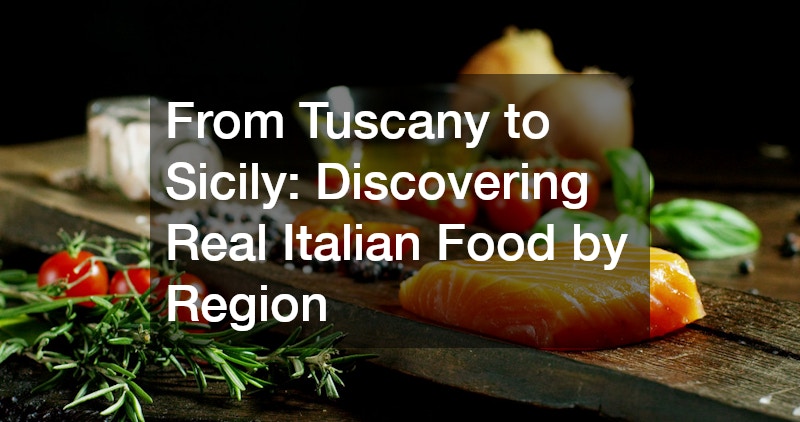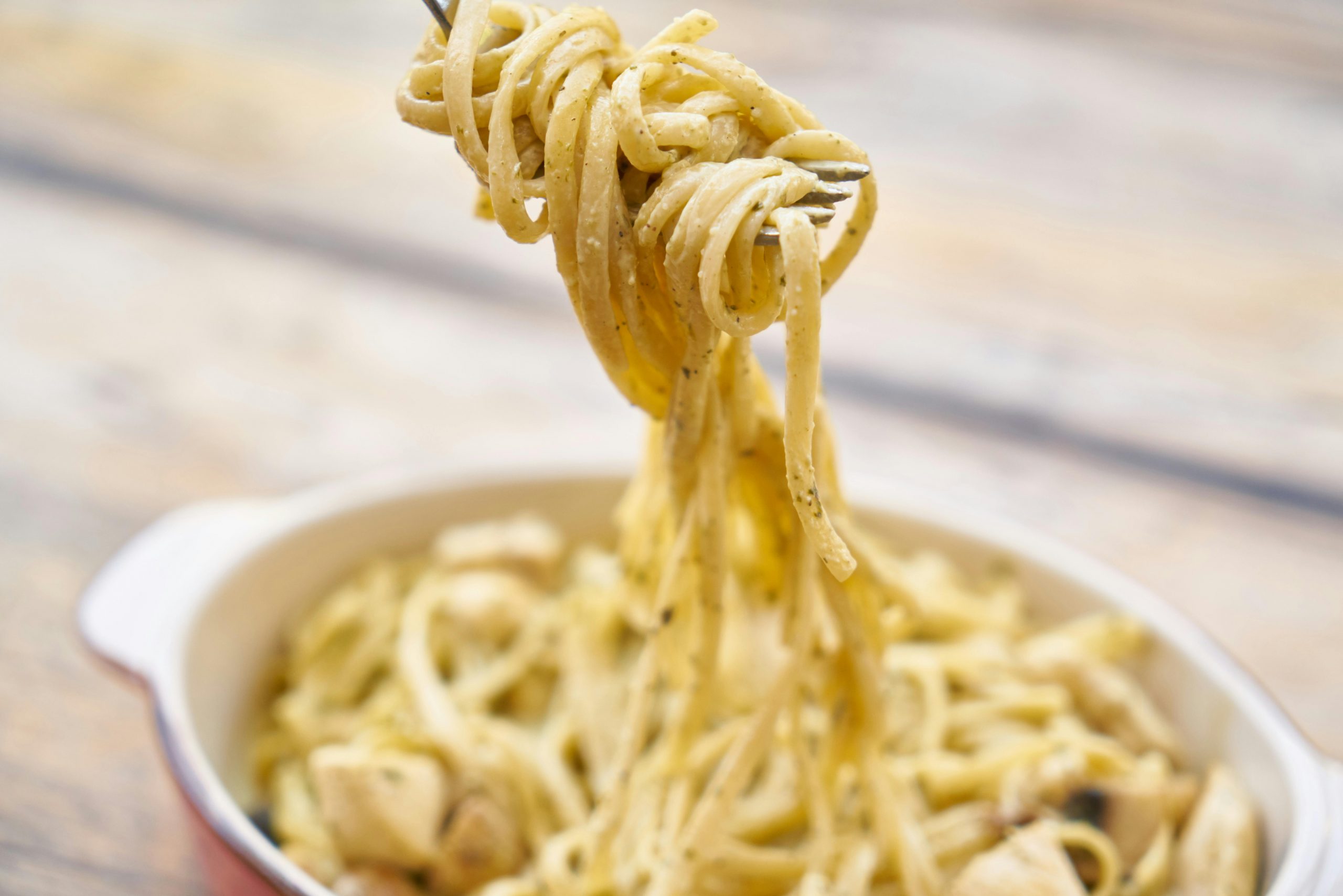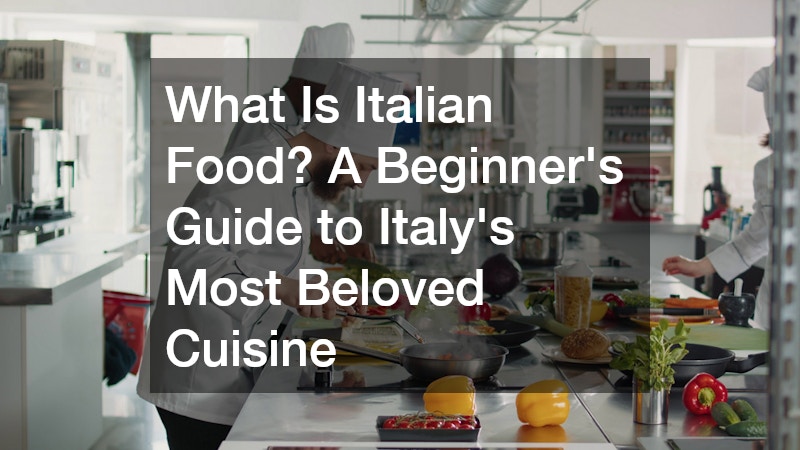
Italian cuisine is beloved around the world, but few people truly understand the incredible regional diversity of real Italian food. From the rustic stews of Tuscany to the vibrant seafood dishes of Sicily, each part of Italy offers unique culinary traditions rooted in local ingredients and centuries-old techniques. If you’re a foodie searching for the most authentic experience, traveling through Italy’s regions is like taking a flavorful journey through history, geography, and culture—all served on a plate.
Whether you’re exploring Italy in person or tasting your way through recipes at home, this guide highlights the distinctive characteristics of Italian food across the country’s most iconic regions.
Why Is Italian Food So Regionally Diverse?
Italian cuisine is a product of geography, history, and culture. Each region has developed its own recipes and flavor profiles based on available ingredients, climate, and foreign influences. For example, Northern Italy, with its cooler climate and Alpine terrain, leans toward rich butters, cheeses, and meats. In contrast, the South, blessed with sunshine and access to the sea, favors tomatoes, olive oil, and fresh herbs.
This regional variety is one of the reasons why answering the question “What is Italian food?” isn’t as simple as listing a few pasta dishes. Real Italian food is hyper-local and deeply connected to place.
What Makes Tuscan Cuisine Stand Out?

Tuscany, often referred to as the heartland of Italy, is famous for its simple, rustic dishes that let high-quality ingredients shine. Tuscan food embraces the idea of “cucina povera” (poor kitchen), a philosophy of cooking with minimal ingredients and minimal waste.
Key features of Tuscan cuisine include:
- Bread without salt: Tuscan bread is famously bland, making it perfect for soups and stews like ribollita.
- Olive oil: Instead of butter, extra virgin olive oil is used liberally for flavor and cooking.
- Hearty meat dishes: Think bistecca alla Fiorentina (Florentine T-bone steak) and wild boar ragu.
- Legumes and vegetables: White beans, kale, and tomatoes often make up the base of many traditional dishes.
The focus here is on earthy, hearty flavors—perfect for foodies who appreciate depth over flash.
What Is Real Italian Food Like in Emilia-Romagna?
If there’s one region that can lay claim to being the culinary capital of Italy, it’s Emilia-Romagna. This northern region is where some of the most famous Italian ingredients and dishes originate, and it’s also the birthplace of many classic Italian pasta recipes that are still followed with near-religious precision today.
Here’s what makes Emilia-Romagna special:
- Parmigiano Reggiano: The king of cheeses is aged and produced only in this region.
- Prosciutto di Parma: Cured to perfection, this ham is a staple in antipasti platters.
- Balsamic vinegar of Modena: Aged in wooden barrels, it adds complex acidity to salads and meats.
- Handmade pasta: Tagliatelle al ragù (what Americans call “spaghetti Bolognese”) comes from Bologna.
Real Italian food from this region is rich, indulgent, and precise—perfect for gourmets who value craftsmanship.
How Does Southern Italy Capture the Soul of Italian Cooking?
Southern Italy, particularly regions like Campania, Calabria, and Sicily, reflects a sun-drenched Mediterranean bounty. The food here is colorful, bold, and deeply satisfying, often showcasing fresh produce, seafood, and time-honored Italian pasta sauces built around tomatoes, olive oil, garlic, and herbs.
Southern Italian staples include:
- Tomatoes and eggplants: Melanzane alla Parmigiana and Caprese salad are just a few examples.
- Seafood: Grilled swordfish, anchovies, and calamari dominate coastal menus.
- Chili peppers and garlic: Southern Italians aren’t afraid of heat and strong flavors.
- Street food: Think arancini (stuffed rice balls) and sfincione (Sicilian-style pizza).
This is real Italian food that dances on your palate—perfect for adventurous eaters who love a little zest in their meals.
What Makes Sicilian Cuisine Uniquely Diverse?

Sicily, the island off the southern tip of Italy, has perhaps the most eclectic food culture in the country. Over the centuries, Greeks, Arabs, Normans, and Spanish settlers have all influenced Sicilian cooking, resulting in a blend of flavors you won’t find anywhere else.
Iconic Sicilian dishes and ingredients include:
- Caponata: A sweet-and-sour eggplant dish with capers and vinegar.
- Pasta alla Norma: Made with tomatoes, fried eggplant, and ricotta salata.
- Cannoli and cassata: Decadent desserts filled with sweet ricotta cream.
- Citrus and nuts: Oranges, pistachios, and almonds are used in both savory and sweet dishes.
Food in Sicily reflects its rich heritage—it’s where real Italian food meets culinary fusion. A must for foodies who love discovering global flavors in local dishes.
How to Experience Real Italian Food Like a Local?
If you want to experience real Italian food, forget the tourist traps and seek out local trattorias, street food vendors, and family-run osterias. Here are a few tips to eat like a local:
- Avoid menus with too many translations – the more authentic spots usually offer Italian-only menus.
- Order what’s in season – Italian cuisine is deeply seasonal, and menus change monthly.
- Don’t ask for substitutions – real Italian chefs take pride in traditional recipes.
- Try the house wine – it’s often made locally and pairs perfectly with the food.
Ultimately, real Italian food is about freshness, simplicity, and respect for tradition—no need for elaborate presentations or gimmicks.



